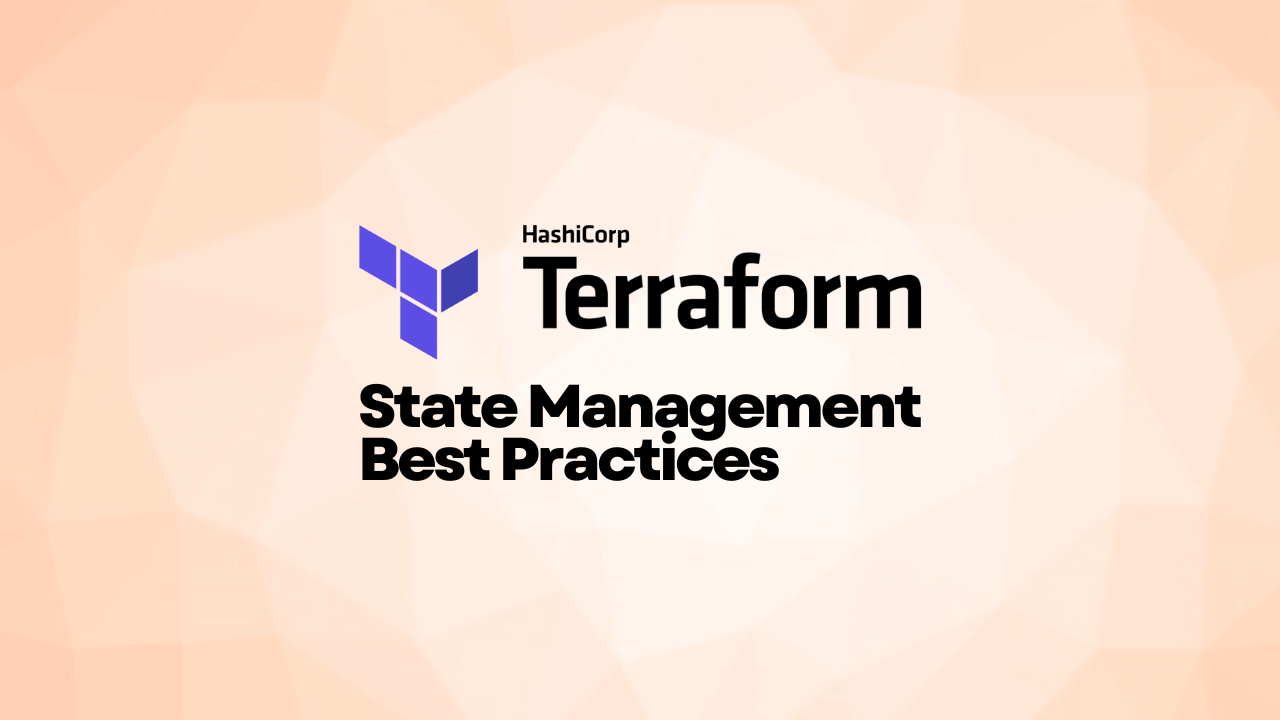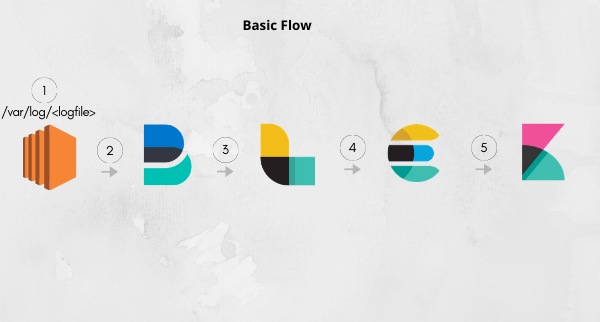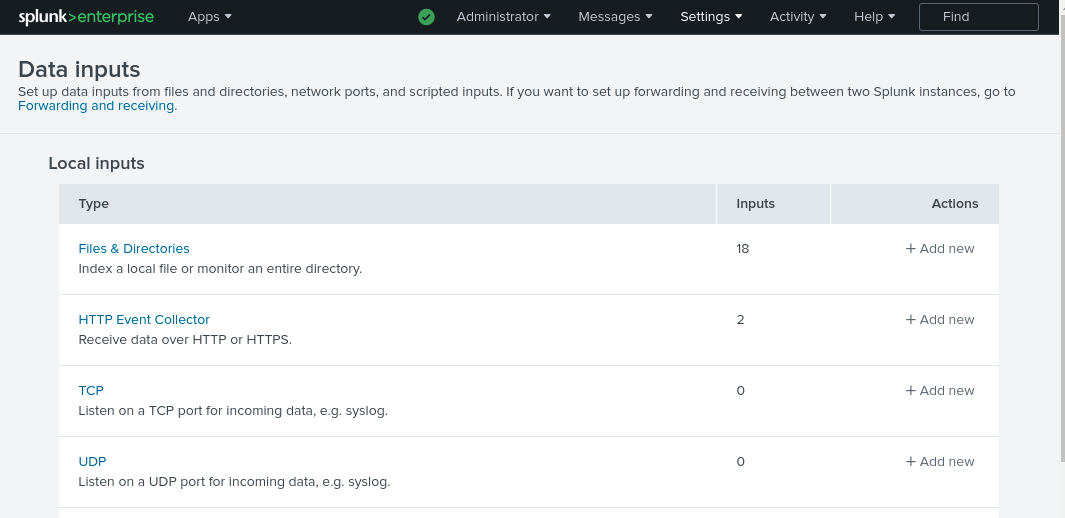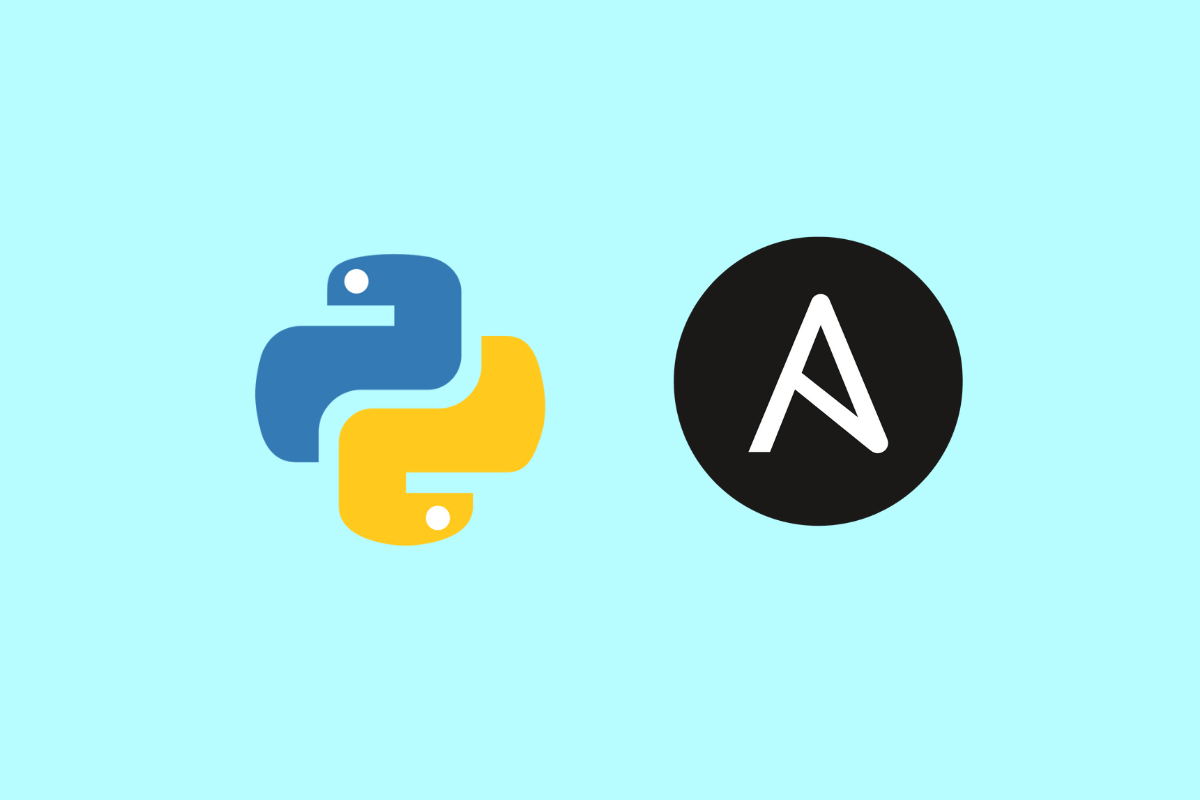Best Practices To Manage Terraform State
- Editorial
- Automation, Dev ops, Featured
- April 30, 2024

What : This article explores the importance of the Terraform state and tips for managing it to improve infrastructure management.
Why : Help readers improve their IT infrastructure management processes, making them smoother, more efficient, and reducing errors.
Managing IT infrastructure across multiple clouds, servers, and environments can rapidly become challenging. However, there is a powerful tool designed specifically to address this challenge and bring order to infrastructure management, which is a terraform state.
In this article, we will explore the definition of Terraform state, its importance, and best practices for effectively managing it.
What is Terraform State?
Terraform state is a crucial component of infrastructure, as Code (IaC). It acts as the central repository for recording and tracking the state of your infrastructure resources. The Terraform state file contains information such as resource IDs, configurations, and dependencies. This state file is utilized by Terraform to determine the current state of your infrastructure and to plan and execute changes.
Why is the Terraform State Important?
The Terraform state is important for various reasons:
- Tracking Infrastructure: The state file provides an accurate record of the deployed infrastructure. It allows Terraform to determine the current state of resources and helps to make informed decisions about creating and updating them.
- Dependency Management : Terraform uses the state to understand the relationships and dependencies between resources. This helps to create resources in the correct order and handle changes without disrupting the overall infrastructure.
- Collaboration : The terraform state file serves as a shared source of truth for the infrastructure. It allows multiple team members to work on the same project concurrently, keeping everyone in sync and preventing conflicting changes.
Best Practices for Managing Terraform State
1. Use Remote State Storage
To achieve the best results, you can use remote storage instead of local storage. Remote state storage is more accessible, allows for better versioning, and offers collaboration features compared to local storage.
Terraform Cloud, AWS Blob Storage, Azure Blob Storage, and HashiCorp Consul are popular options for remote state storage.
2. Enable State Locking
State locking can be a vital practice for preventing concurrent modifications to infrastructure. State locking ensures that one user or process at a given time can modify the state, preventing data corruption and conflicts. You can prevent issues from arising when multiple people attempt to modify a single infrastructure simultaneously by enabling state-locking.
Implementing state locking is possible with a distributed lock system, like DynamoDB and Consul, that guarantees exclusive access to a state file.
3. Handle Sensitive Data Securely
When working with Terraform, it is important to handle sensitive data securely. This includes credentials, API keys, and other secrets required to provide and manage your infrastructure. Avoid hard-coding sensitive information directly in your configuration files. Instead, use environment variables or a secure key management system to store and retrieve sensitive data.
This helps protect your infrastructure from unauthorized access and reduces the risk of accidental exposure.
4. Separate State files for Environment
Keeping your Terraform state files separate for different environments is a good practice. It helps you stay organized and makes it easier to manage things. Moreover, if something goes wrong, you can fix it in one environment without messing up the others.
5. Backup Regularly Your State file
To prevent data loss and ensure effective Terraform state management, it is crucial to back up your Terraform state files regularly. Losing the state file can result in significant downtime and pose challenges in recovering your infrastructure.
For example, store backups in a safe location and automate the backup process. In case of corruption or accidental deletion, you can restore the state file. This will minimize disruption to your infrastructure.
6. Perform Regular Maintenance
Be sure to back up your state file prior to running the Terraform application command. Regularly audit terraform and remove outdated or unutilized resources. This allows the state to be more manageable. It also reduces the possibility of conflict or error during the infrastructure modification process.
7. Version Control
The best way to manage Terraform state is to use Git, or another version control system, to track Terraform state files. Version control enables you to collaborate and see the history of changes. You can even revert to an earlier version if needed.
Final Thought
Managing Terraform state is important for effectively managing your IT infrastructure. Instead of keeping the state on your local machine, it’s better to store it remotely. According to the experts from CDR Report Writing , this makes it easier for your team to access and update the state from anywhere, which improves collaboration.
It’s also important to lock the state to prevent issues when multiple people are making changes. By splitting the state into different sections based on the environment, you can better manage complex infrastructures. Also, using version control helps you keep track of changes and revert to previous versions if needed.
These best practices will make it easier for you to manage your infrastructure, work well with your team, and ensure that everything is set up the way you want it to be.
FAQs
1. What Happens if You Delete the Terraform State File?
If you delete the Terraform state file, you will lose the ability to manage and track your infrastructure resources effectively.
2. Where to Store Terraform State Files?
Terraform users should store state files remotely in a secure and durable storage solution instead of keeping them locally. Remote storage offers better accessibility, versioning, and collaboration capabilities.
3. Can I Manage Multiple Environments with Terraform?
Yes, you can manage multiple environments with Terraform by using separate variable files, workspaces, and modular code.
4. What Language is Terraform?
Terraform uses its own declarative configuration language, called HashiCorp Configuration Language (HCL).
5. Is Terraform a Client or Server?
Terraform is a client-side tool. It runs on your local machine or in a CI/CD pipeline and communicates with various cloud providers’ APIs or infrastructure platforms.
Note
Disclaimer: The views expressed and the content shared in all published articles on this website are solely those of the respective authors, and they do not necessarily reflect the views of the author’s employer or the techbeatly platform. We strive to ensure the accuracy and validity of the content published on our website. However, we cannot guarantee the absolute correctness or completeness of the information provided. It is the responsibility of the readers and users of this website to verify the accuracy and appropriateness of any information or opinions expressed within the articles. If you come across any content that you believe to be incorrect or invalid, please contact us immediately so that we can address the issue promptly.


